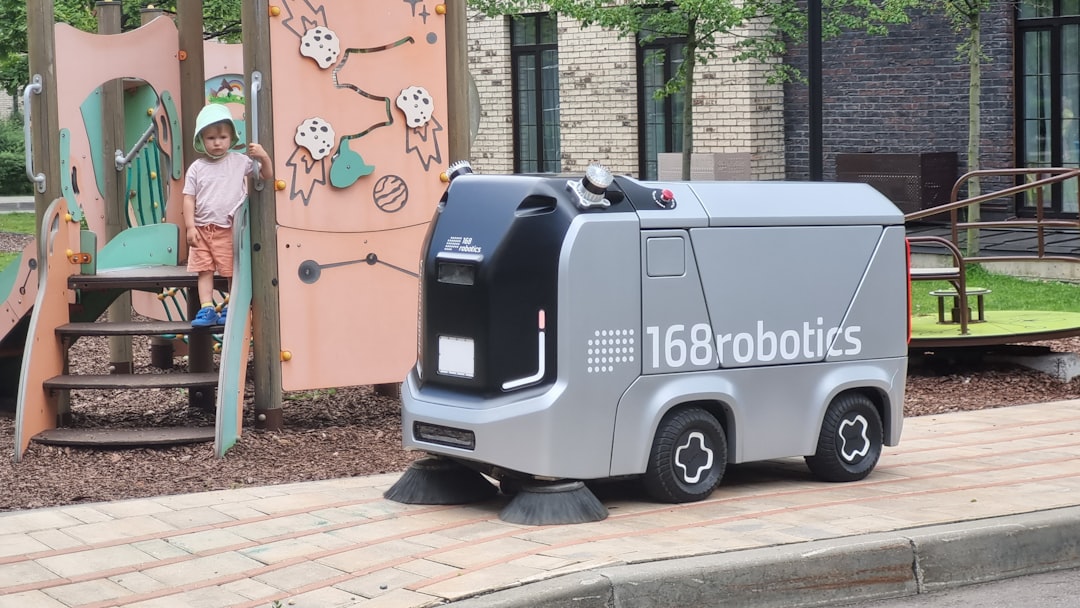The emerging mobility landscape has become a hotbed of innovation and fierce competition. **A new player in the ride-sharing industry is shaking things up**, throwing down the gauntlet to industry giants like Uber. Meanwhile, Tesla’s hold on the autonomous driving market is weakening, as new entrants continue to innovate and push boundaries. The mobility revolution is here, and at the forefront are ride-sharing platforms, autonomous vehicles, and even robotic delivery systems that mimic the demeanor of dogs.
The ride-sharing industry, once dominated by giants like Uber and Lyft, is undergoing significant changes as new players enter the stage with innovative strategies and technologies. Some of these new entrants are leveraging advancements in artificial intelligence and machine learning to enhance user experience, optimize routes, and reduce costs. This wave of innovation is expected to provide riders with more options and a better experience overall, creating a more competitive environment.
Tesla, known for its forward-thinking approach to autonomous vehicles, is also feeling the impact of this increased competition. The company’s leadership in the electric and autonomous vehicle industry is being challenged by companies that have mastered cutting-edge technologies and are implementing innovative solutions. This competition is not just about offering alternative products but also about achieving technological breakthroughs that can redefine the mobility space entirely.
In the state of Texas, another fascinating development is occurring: the integration of dog-like delivery robots into the local economy. Resembling mechanical canines, these robots are designed to deliver goods directly to consumers’ doorsteps. The deployment of such robots represents more than just a novelty; it signifies a shift in how logistics and last-mile deliveries are approached. These robots offer a glimpse into a future where delivery systems are not only efficient but also sustainable and less reliant on human labor.
Texas, with its vast landscapes and bustling urban areas, provides a perfect testing ground for these robotic innovations. The demand for efficient and cost-effective logistics systems is high, and deploying these robots may be a solution to meet the growing needs of businesses and consumers alike. The introduction of these robotic couriers could revolutionize the delivery industry, providing faster, more reliable services while minimizing environmental impact.
The possibility of a mobility ecosystem that integrates advanced ride-sharing, autonomous driving, and robotic delivery is now more realistic than ever. The convergence of these technologies holds the potential to transform urban transport dramatically, improving efficiency, reducing congestion, and lessening environmental impacts. As new competitors rise and technologies evolve, the mobility sector is shaping up to be a fascinating battleground for innovation and operational excellence.
This period of mobility transformation invites speculation about the future implications for several stakeholders. For instance, traditional automakers need to evaluate their strategies as new entrants disrupt markets. Urban planners and policymakers might also need to rethink city infrastructures to accommodate autonomous vehicles and robotic logistics solutions.
As the competitive dynamics of the mobility industry continue to evolve, all eyes are on the trajectory of businesses willing to take bold steps into the future of transportation. **The shifting sands of the mobility sector are a testament to the relentless pace of innovation in technology today**, where in many ways, the future of transportation is being rewritten every day.
The ongoing developments in ride-sharing, autonomous vehicles, and delivery robots in Texas emphasize the inevitability of change and adaptation in the tech-driven world. Leaders in these fields are tasked with not only keeping up but setting the pace for advancements that will dictate the structure of modern urban mobility. These trailblazers are not merely participants in a sector race; they are the architects building the roadmaps for future transportation policies and economies.
Big Tech News
TechCrunch Mobility
















Leave a Reply